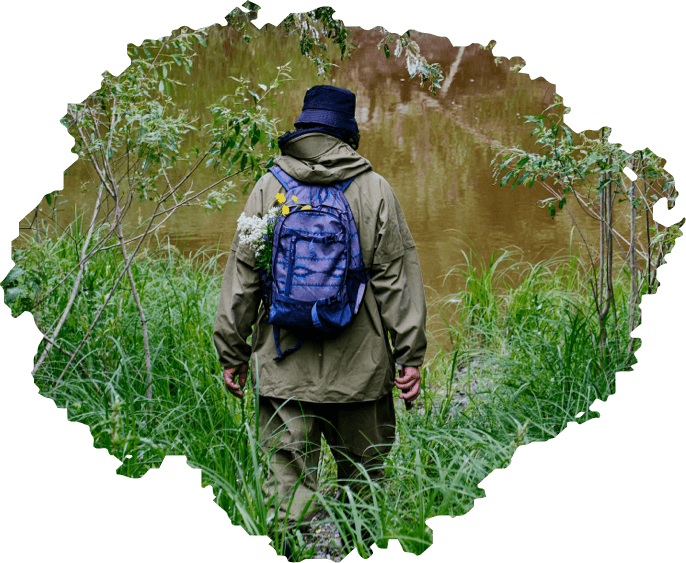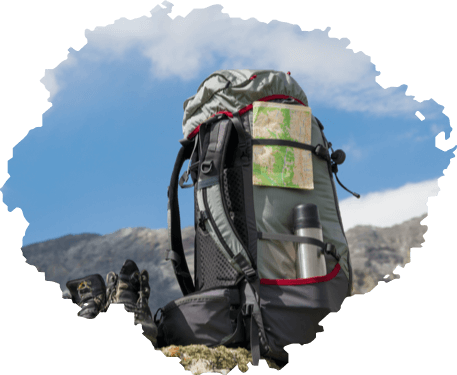Code of Conduct for short treks
Before embarking on a trek, you must thoroughly prepare, or you may have problems on the trail to spoil your trek and make you miss the chance to appreciate nature.
Preparation for a trek

No.1/1Evaluate your physical condition
Trekkers should be physically fit and ensure their body is ready. Persons with conditions such as asthma, insect bite allergies or high blood pressure are recommended not to trek nature trails for their own safety.

No.2/2Study your route carefully
For instance, check the times that the trails are open, the weather forecast, and other relevant risks. Give thought to how you might survive in the case of an unexpected incident, and how you would contact forestry officers for assistance

No.3/3Dress appropriately
Wear clothing that covers your arms and legs, dries quickly and is comfortable. Wear shoes which protect your heels and ankles, have a sole which is neither too hard nor too soft, and fit you well. Socks should be worn to prevent chafing.

No.4/4Prepare essential trekking equipment
This includes: a reasonably-sized backpack, both for you to carry and to contain all you will need; any regular medications, a torch, a pocket knife, a water canister, a bag for litter, a lighter, insect repellent spray, and cord or rope. Prepare adequate drink, food and snacks for your needs, as well as other equipment appropriate to the season such as plastic leech socks in the rainy season, and equipment to keep you warm, if it gets unusually cold.
When trekking, always do the following
No. 1
Never trek on your own.
No. 2
Keep a steady pace and take a 5-10 minute rest every hour or so.
No. 3
Keep to the trail. If you are in a big group, walk in single file, and look at the person in front of you. if you walk ahead too far until you can't see the person following you, stop and wait for them to catch up until you can see them before continuing your walk.
No. 4
Be observant: Be careful of where you are treading, and make sure to look all around you, both close by and in the distance, because you might see some wildlife.
No. 5
Don't take anything away except your photos and don't leave anything behind except your footprints
Please respect nature and help reduce human impact on nature as much as possible. Please don't destroy or collect natural resources, and please don't leave litter or leftover food. If you need to relieve yourself, please deal with it appropriately.
No. 6
Don't disturb the animals and living things in nature: Please remember at all times that you are a visitor to the owners of the forest, and be a good guest. Don't make a noise while you are trekking. If you encounter a wild animal, please keep your distance and try to spot them from far away.
No. 7
Please be considerate for your fellow trekkers and show kindness so that all can have an amazing trekking experience. If you stop walking to admire a view or just take a rest, make space for others to get past you.

